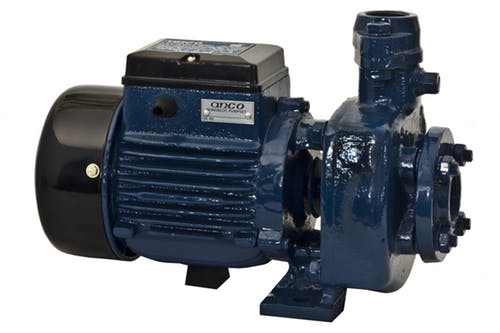Almost every electric component has an electric motor without which it couldn’t work. But what role exactly do magnets play in electric motors? Many kids and adults studying mechanical subjects ask this question. In this post, we have mentioned in details the role of magnets in electric motors. Before explaining the importance of magnets in electric motors, we will enlist the various components present in an electric motor.
The various components present in an electric motor are coil, armature, permanent magnets, commuter, brushes, and steel former. Out of all these components, magnets have a huge role to play in the working of electric motors. Due to the repulsive and attractive forces of magnets, electric motors move. This helps to serve the purpose of electric motors which is the conversion of electric energy into mechanical energy which is used to do work.
On turning on the current, the similar magnet poles (North-North or South-South) move away from each other due to repulsive forces. And while the South Pole repel another south pole while undergoing a rotational motion, there is an attraction between the North pole and South pole (because opposite poles attract each other). On reversing the direction of the current flow, the two poles change their location. Due to this, the two like poles again comes close to each other and cause repulsion. And similar while coming across the unlike poles, there is a force of attraction between the two poles of an electromagnet. In the case of an AC current, there is an automatic change of the direction of current flow. However, in the case of DC current, a switch is required to change the direction of current flow. You could search for custom magnets bulk available on the web to get a suitable magnet for your motors.
Hence, the process of the reversal of current flow through wire results into the generation of an attractive as well as repulsive forces which are used to do work. Due to the movement of the electromagnet, the connected shaft is rotated to generate mechanical energy. Since the rotating shaft is connected to many other components which result in their movements to do work. So, the change in the locations of the magnetic poles results in generating the attractive or repulsive forces with the magnetic poles of the fixed permanent magnet to do work.

